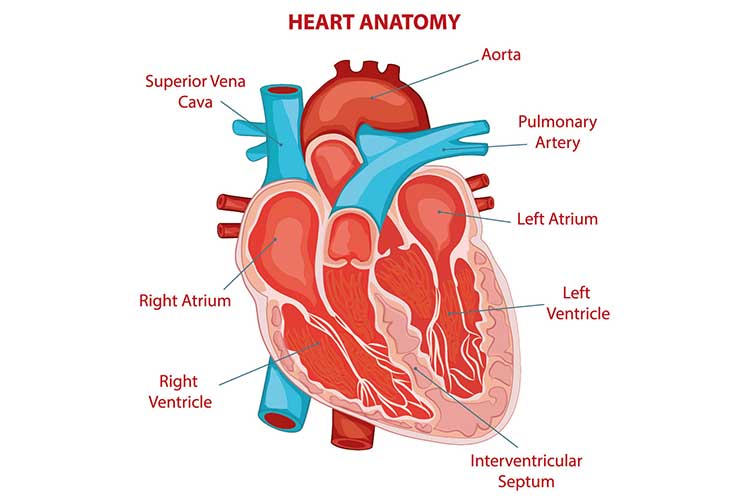
Getting to Know Cardiovascular Health: Navigating Heart and Vascular Diseases
Cardiovascular diseases, both in Sweden and globally, stand as the primary cause of mortality. Understanding these conditions, their risk factors, and taking proactive measures to maintain cardiovascular health are paramount. This article delves into the intricacies of heart and vascular diseases, shedding light on causes, prevention, and management.
Getting to Know the Cardiovascular System: A Crucial Network
The cardiovascular system, composed of the heart and blood vessels, plays a vital role in oxygen and nutrient distribution throughout the body. Understanding its structure is essential:
- The Heart: A fist-sized organ responsible for pumping blood.
- Blood Vessels: Arteries carry oxygen-rich blood away from the heart, while veins return oxygen-poor blood.
Deciphering Cardiovascular Diseases: Unraveling Ailments
A myriad of cardiovascular conditions exist, including:
- Coronary Artery Disease (CAD): Plaque buildup narrows coronary arteries.
- Heart Attack (Myocardial Infarction): Reduced blood flow damages heart muscle.
- Stroke: Interrupted blood flow damages brain tissue.
- Heart Failure: Heart’s inability to pump blood adequately.
- Arrhythmias: Abnormal heart rhythms.
- Hypertension: High blood pressure stressing blood vessels.
- Atherosclerosis: Artery narrowing due to plaque accumulation.
- Peripheral Artery Disease (PAD): Reduced blood flow to limbs.
- Valvular Heart Disease: Heart valve dysfunction.
- Congenital Heart Defects: Structural heart abnormalities from birth.
Understanding Risk Factors: Navigating Vulnerabilities
Identifying risk factors that contribute to cardiovascular diseases is crucial:
- Unhealthy Lifestyle: Poor diet, lack of exercise, smoking, excessive alcohol.
- Heredity: Family history of heart diseases.
- Age: Risk increases with age.
- Gender: Certain conditions may affect genders differently.
- Obesity: Excess weight strains the heart and vessels.
- Diabetes: Increases heart disease risk.
- High Cholesterol: High levels contribute to plaque buildup.
- High Blood Pressure: Strains heart and vessels.
- Stress: Chronic stress may impact heart health.
Preventing Cardiovascular Diseases: Nurturing Heart Wellness
Adopting a heart-healthy lifestyle significantly reduces disease risk:
- Balanced Diet: Embrace whole grains, fruits, vegetables, lean proteins, and healthy fats. Limit processed foods and sugars.
- Regular Exercise: Engage in physical activity for at least 150 minutes weekly.
- Quit Smoking: Smoking cessation reduces cardiovascular risk.
- Alcohol Moderation: Limit alcohol consumption to moderate levels.
- Stress Management: Practice relaxation techniques and engage in stress-reduction activities.
- Regular Checkups: Monitor blood pressure, cholesterol, and other indicators regularly.
- Weight Management: Maintain a healthy weight to reduce heart strain.
Empowering Cardiovascular Health: Seeking Professional Guidance
Promptly seek medical attention if experiencing symptoms such as chest pain, shortness of breath, or palpitations. Early intervention can prevent severe complications.
In Conclusion: Navigating Heart Health with Knowledge
Navigating cardiovascular health involves understanding heart and vascular diseases, recognizing risk factors, and adopting a heart-healthy lifestyle. Empower yourself with knowledge to foster a vibrant, heart-healthy life.